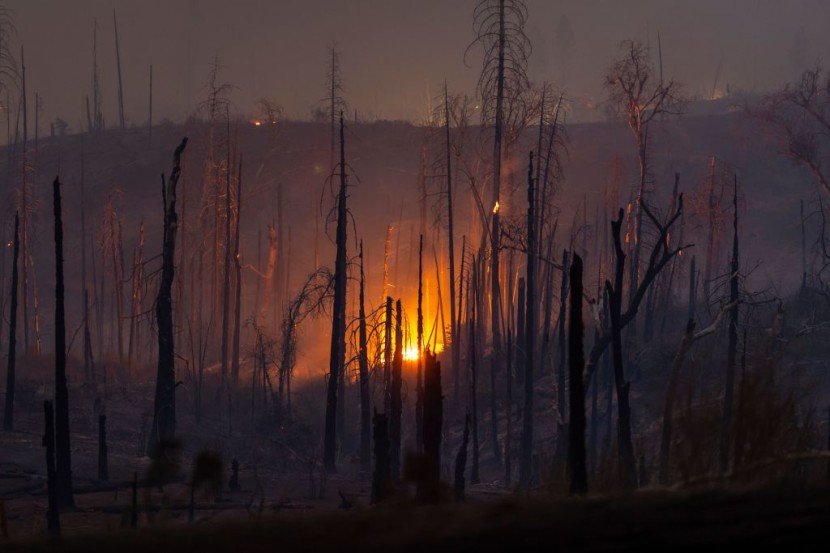The US Forest Service admitted responsibility for the outbreak of a massive wildfire in 2022 that came dangerously close to Los Alamos, New Mexico, in a report released on Monday following a thorough investigation.
The Cerro Pelado fire spread across more than 60 square miles (155 square kilometers) in dry, windy weather as it inched closer and closer to Los Alamos and the nearby US national security facility, as reported by The Associated Press.
Forest Service's Incompetence

Schools were closed before the flames started to die down as the fire drew closer. Investigators linked the incident to a Forest Service-commissioned burn of mounds of forest trash. According to Southwestern Regional Forester Michiko Martin, the blaze became a lingering fire and smoldered covertly beneath heavy snow for months without emitting any smoke or heat.
Political figures in New Mexico, including Governor Michelle Lujan Grisham, immediately criticized the Forest Service in response to the disclosure.
She expressed her fury at the US Episodes of unusually hot and dry weather in recent years have sparked worries about controlled burns as methods for cleaning forest trash, concerns that Grisham reiterated. She said that it was the incompetence of the Forest Service that resulted in this catastrophe.
The greatest wildfire in state history, which burned more than 530 square miles (1,373 square kilometers) of the Rocky Mountain foothills east of Santa Fe, New Mexico, and destroyed homes and livelihoods, was caused by the federal government, which has already admitted responsibility.
The Forest Service stopped all prescribed burn operations last spring for 90 days while it reviewed its methods and guidelines. Randy Moore, chief of the Forest Service, recently testified before lawmakers in New Mexico that managers had learned by the end of the moratorium that they cannot rely on past success and must constantly learn and adapt to new conditions.
According to Martin, firefighters now use thermal-capable drones and mobile gadgets to monitor pile burning. Sen. Martin Heinrich of the United States encouraged the Forest Service to make quicker judgments and investigations.
An initial investigation into the cause of the Cerro Pelado fire was carried out by a wildland fire investigator from Washington state's Department of Natural Resources, and it excluded other potential causes like campfires and lightning while pointing toward an ash pit from the earlier prescribed burn as the most likely source. However, it didn't reach a firm decision.
After the Forest Service's special agents conducted a second investigation, it was determined that the wind-blown embers from the prescribed fire were to blame.
What the Biden Administration is Doing About the Wildfire Crisis
The Biden administration is attempting to stop the US wildfire crisis from worsening. West through woodlands packed with dead trees and vegetation that have undergone a multi-billion dollar cleanup.
Major tools in the campaign include chainsaws, large machinery, and controlled burns. Over the past two years, Congress has approved more than $4 billion in new financing to stop the spread of devastating infernos.
Prescribed burns that went out of control include the 2000 Cerro Grande Fire, which destroyed more than a fourth of the Los Alamos complex and spread over 12 square miles (31 square kilometers) of the laboratory.
The fire destroyed more than 230 dwellings and 45 buildings at the lab. The edges of the lab were damaged by a bigger, more quickly spreading fire in 2011. Wildfires were sparked in the spring of 2022 in Arizona and New Mexico by violent winds, severe dryness, and scorching temperatures, covering the area in smoke.
Related Article : California Wildfires: What Caused Destructive Yosemite Fire That Forced Evacuation of 6000 People?
© 2026 HNGN, All rights reserved. Do not reproduce without permission.







